Consuming fruit is a tasty way to satisfy our hunger and meet our nutritional needs on a daily basis. But, the fact is that most fruits have sugar, and this raises certain concerns about whether fruits are healthy for those with diabetes.
So the inevitable question comes – “ Should people with this condition eat fruits? Is fruit good for diabetes?.” Here is everything people need to know about the combination of diabetes and fruit.
So, Is Fruit Good for Diabetes?
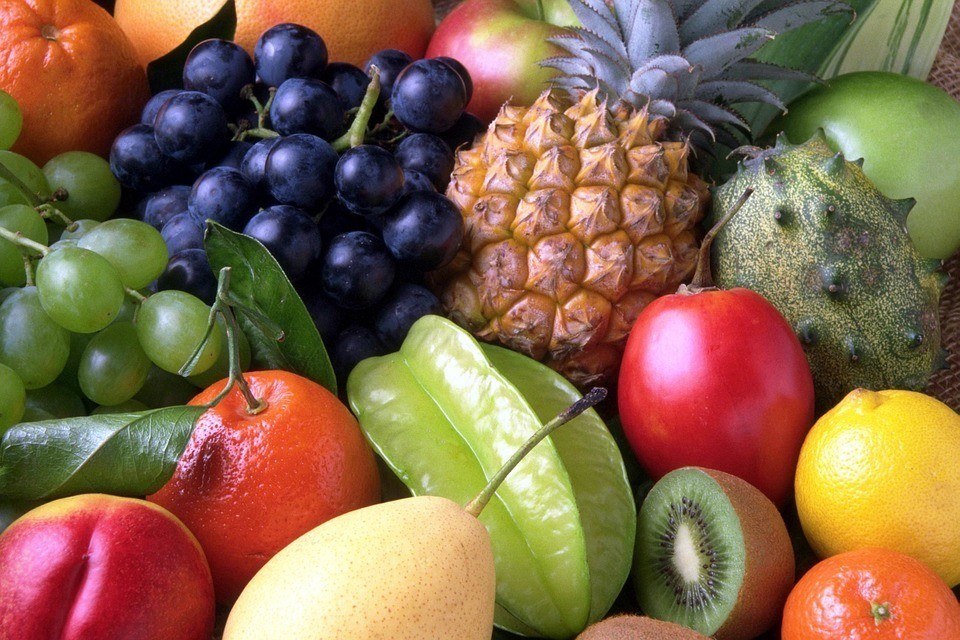
What is fruit exactly? Fruits have fiber, and that is vital for all individuals with this chronic disease. Probably most individuals can name a couple of fruits like apples and oranges, but they don’t know why exactly apples and oranges are fruits.
As a matter of fact, fruits have seeds and come from trees and plants. People consume fruits that are stored in different ways – processed, fresh, dried, frozen, and canned.
But that is not the most important part of fruits. The most vital thing is how many calories and nutrients they have. It is important to know how each fruit can impact our health.
Importance of Fruit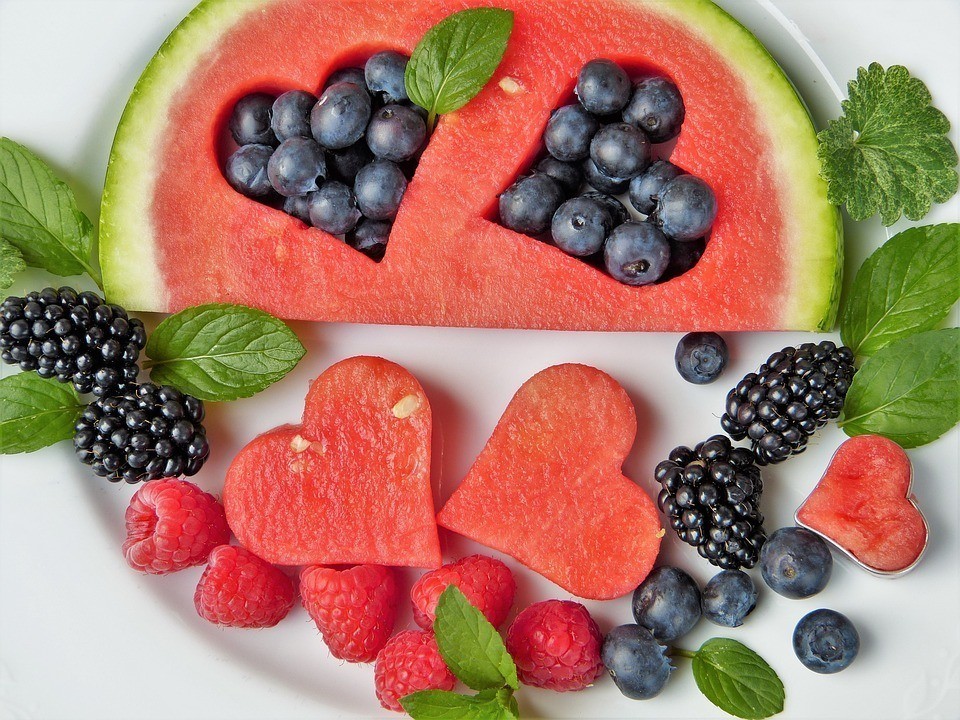
Consuming a sufficient amount of fiber has a vital role when it comes to diabetes management. In fact, a diet rich in soluble fiber is able to slow the absorption of glucose and help control blood glucose.
Many fruits are abundant in fiber, mainly if we eat pulp or skin. Yes, many fruits are good since they have a lot of water and fiber. Diets that contain sufficient amounts of vegetables and fruits can lower the risk of stroke, obesity, and heart attack.
As most people probably know, obesity has been related to type 2 diabetes. Vegetables and fruits come with a good mix of insoluble and soluble fiber which is good for overall health and is good for the bowels.
Therefore, there is a sense to eat such vegetables and fruits.
Should People Cut Back on Fruit Because of Its Sugar Content, If They Have Diabetes?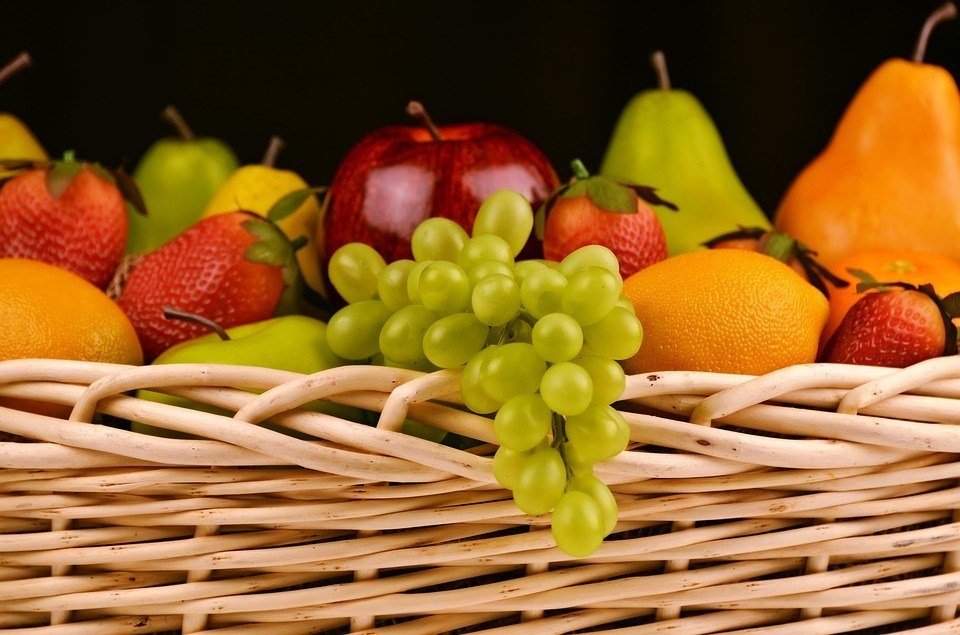
For a long time, those with diabetes have been told to limit their intake of fruit.
This idea is due to the belief that the sugars present in fruits, that is the albeit natural sugars might be dangerous to blood glucose levels.
However, according to one study published in the Nutritional Journal lowering the intake of fruits doesn’t really benefit individuals with this condition.
Study on This Topic
Scientists from Denmark from the Regional Hospital West Jutland actually recruited around 63 overweight women and men. All of the participants had type 2 diabetes.
They were provided nutritional advice when it comes to limits on calories, and they were under medical supervision.
The participants were divided into 2 separate groups. The researchers told one group to eat at least 2 pieces of fruit on a daily basis. On the other hand, scientists told the other group to limit their consumption of fruit.
As a matter of fact, the first group consumed around 320 g of fruit on a daily basis, while the second group consumed around 135 g on a daily basis.
Results of the Study
After 3 months, the participants in both groups had improvement when it comes to smaller waist circumferences and weight loss.
Scientists were surprised to find out that the group which consumed more fruit actually had more improvements. This is in comparison to the group that limited their fruit consumption.
Moreover, there wasn’t any notable difference in blood glucose between both groups.
According to scientists, taking into consideration the many beneficial effects of consuming fruits, fruit intake shouldn’t be restricted to those who have type 2 diabetes.
More About This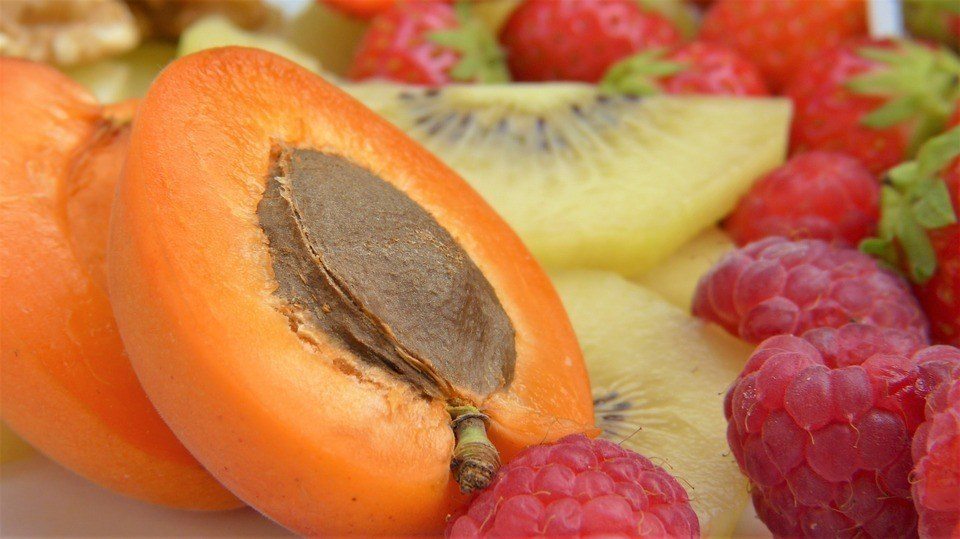
Diabetes management has to do with the control of weight, blood sugar, blood pressure, and blood fats, and vegetables and fruits can have a positive role here.
The concern has been that fruits have glucose and glucose raises our blood sugar. As a matter of fact, most fruits actually have a low or medium GI, i.e., glycemic index.
Therefore, these fruits don’t cause a big rise in blood sugar. This is a comparison to foods that contain carbs such as wholemeal or white bread.
Another important thing when it comes to fruit is portion size. Portion size has the biggest effect on blood sugar. Therefore, we need to pay attention to this.
Bear in mind that one fruit portion has from 15 to 20 grams of carbs on average which is similar to one slice of bread.
One medium slice of chocolate cake has 35 grams of carbs and one can of cola also contains 35 grams of carbs.
Therefore, in case we want to lower our intake of carbs in order to manage our blood sugar, we need to lower our intake of foods such as snacks, ordinary fizzy drinks, chocolate, cakes, and biscuits.
How Much Fruit Should We Eat?
According to most guidelines, children and adults need to eat 5 servings of vegetables and fruits on a daily basis. Based on the US guidelines individuals should fill half of the plate with vegetables and fruits at each meal.
The other half of the meal needs to be grains and protein. Medium-sized fruit is one serving or a serving that is actually the size of a baseball. The smaller fruits such as berries have a half-cup of the serving size.
Also, a half-cup is the same serving size for processed fruit like applesauce. Another half-cup serving size is fruit juice, which is in half of the usual 8 oz glass. Dried fruits such as cherries and raisins are 2 tbsp. per serving size.
We should eat different fruits in order to get the necessary nutrients and enjoy their different flavors.
Which Fruits Should We Eat and Which Should We Avoid?
According to the ADA, i.e., American Diabetes Association, any fruit is safe to eat as long as we are not allergic to it. However, it is vital to consider how the fruit is prepared. Frozen or fresh fruits are actually better.
This is in comparison to processed fruits such as those which come out of a jar or a can. Fruit juices and dried fruits are also processed fruits.
The fruits which are processed are actually more rapidly absorbed, and they raise blood sugar. In addition, many preparations of fruit have lost specific nutrients; this includes fiber and vitamins.
According to NIDDK, i.e., the National Institute of Diabetes and Digestive and Kidney Diseases, those who have diabetes need to avoid consuming canned fruits and fruit juices with added sugar since they are more rapidly absorbed.
This causes a rise in blood glucose.
How to Choose the Best Fruits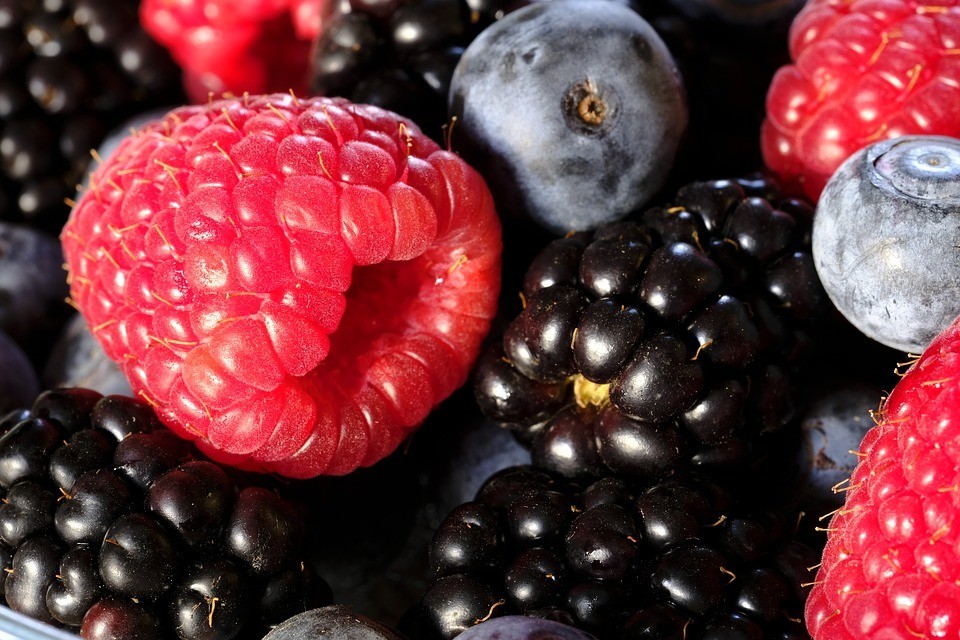
The best way to pick fruits and other foods high in carbs is to check their GI, i.e., glycemic index. The Glycemic index is a ranking of certain foods on a scale from 1 all the way to 100.
The score of the food indicates how rapidly they increase blood glucose levels. Bear in mind that high glycemic foods are absorbed more rapidly. This is in comparison to low or medium-glycemic foods.
Remember that low glycemic index foods are the best when it comes to controlling blood sugar. The good news is that most fruits come with a low GI.
Fruits with Low GI (Less Than 55)
- Strawberries
- Apples
- Plums
- Avocados
- Pears
- Bananas
- Peaches
- Berries
- Orange
- Cherries
- Nectarines
- Grapefruit
- Kiwi Fruit
- Grapes
Fruits with Medium GI (From 56 to 69)
- Pineapples
- Honeydew melon
- Papayas
- Figs
Fruits with High GI ( 70 or Greater)
- Watermelon
- Dates
Conclusion
As long as we know how each fruit impacts our blood sugar, we can eat fruits. People should have at least 5 servings of vegetables and fruits on a daily basis. In order to do this, we should aim to include vegetables and fruits in every single meal.

